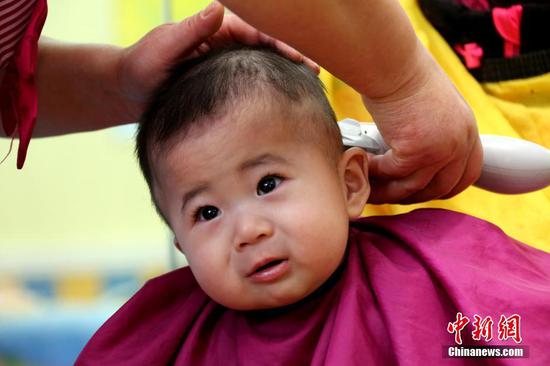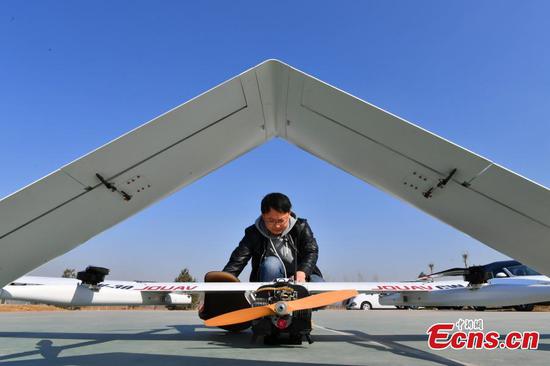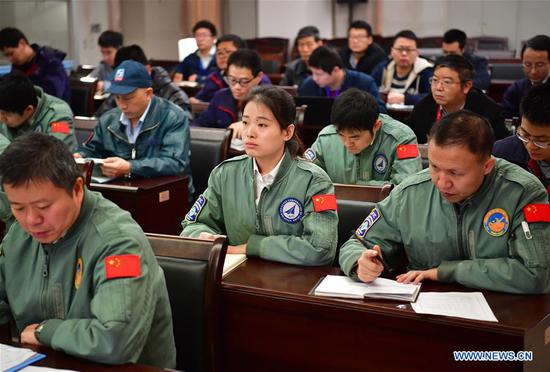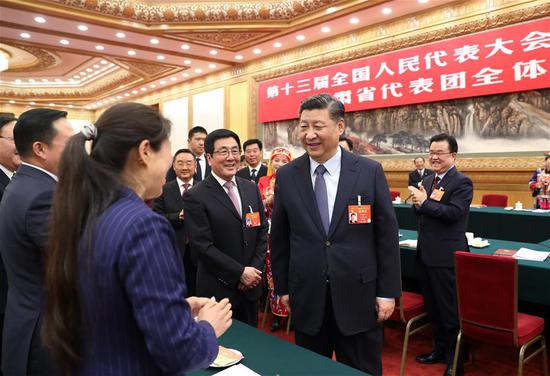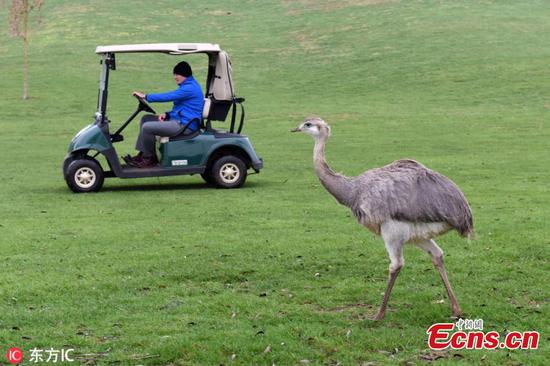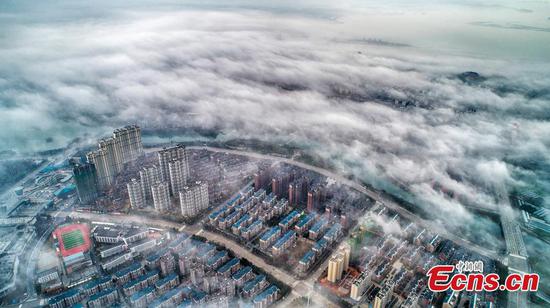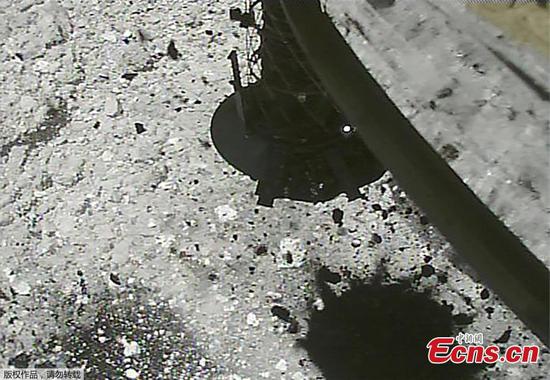Seasonal fluctuations had big impact on credit, other data in first two months
As drastic ups and downs in China's money and credit data within the first two months have sparked discussions on the reasons for this, the central bank issued an explanation on Monday morning, saying that robust financing activities have well supported economic growth so far this year.
Following January's rare boost in bank lending and full-aperture financing movements, China's money supply, new loan growth and aggregate social financing-the most important financial indicators, all retreated back to their normal status, said the People's Bank of China, the central bank.
Seasonal swings have played a significant role, said a statement on the PBOC website on Monday, as the Chinese Lunar New Year holiday, usually in the first two months of the year, always leads to remarkable fluctuations in credit and other economic data.
New yuan loans in February were reported at 885.8 billion yuan ($131.7 billion), below the market's forecast of around 900 billion yuan and down sharply from 3.32 trillion yuan in January. The broad measure of money supply, or M2, slowed to 8 percent from 8.4 percent at the end of January, according to PBOC data released on Sunday.
Aggregate social financing increased by 703 billion yuan in February, down from a monthly expansion of 4.64 trillion yuan in January. It was also lower than the expected level. But the figure for the first two months, which amounted to 5.34 trillion yuan, still indicated a rare growth pace of 25.2 percent from a year earlier.
Growth of the aggregate social financing rebounded in the first two months, compared with that in 2018, because of the strong growth of loans, bond financing and a slower contraction of trust loans, said the central bank.
Experts speculated that financial regulators have made efforts to manage credit risk, after a surge of lending in January.
"If true, it would be positive news to some extent," said David Qu, an economist with Bloomberg Economics.
Off-balance sheet financing, a part of the aggregate financing statistics, showed weaker decline in the first two months, especially in terms of trust loans, entrust loans and undiscounted bankers' acceptance. It showed a rebound from the aggressive drops during China's deleveraging campaign.
The change, as the PBOC explained, could indicate that financial institutions are gradually adopting the new rules on asset management products, the most influential policy to crack down on shadow banking, which was issued in April 2018.
Hu Xiaolian, a member of the Standing Committee of the 13th Chinese People's Political Consultative Conference National Committee and chairwoman of the Export-Import Bank of China, said that financial policy needs to stay stable especially in the face of economic downside risks.
Too much easing of macroeconomic policy may lead to financial risks, said Hu, who also warned against a sharp reverse toward a tightening stance. "We should set a warning line to prevent the re-expansion of leverage."
Liu Wei, president of Renmin University of China, also a CPPCC National Committee member, said that the key issue is not about the aggregate amount of money or liquidity, but the structure and efficiency of the use of funds. "To curb the slowdown of demand growth is the critical task for short-term macro administration."
A group of the central bank's senior officials reassured the media on Sunday that the monetary policy stance will remain "prudent", although leaving room for additional liquidity injection and the real lending rates for small and private companies will be lower.
PBOC Governor Yi Gang attributed the first two months' credit data distortions to the Lunar New Year holiday. At Sunday's news conference, he suggested combining the data in January and February, or even considering the situation in March, for sensible analysis.
"The authorities are unlikely to engineer another long, large-scale credit boom, as its room for policy easing is becoming increasingly constrained," said Lu Ting, chief economist in China with Tokyo-based brokerage Nomura Securities.
As China will continue the deleveraging process targeting some key areas, it is hard to see a large rebound of money and credit data in the following months, which is also depressed by the economic growth headwinds, said Wu Ge, chief economist of Changjiang Securities.









